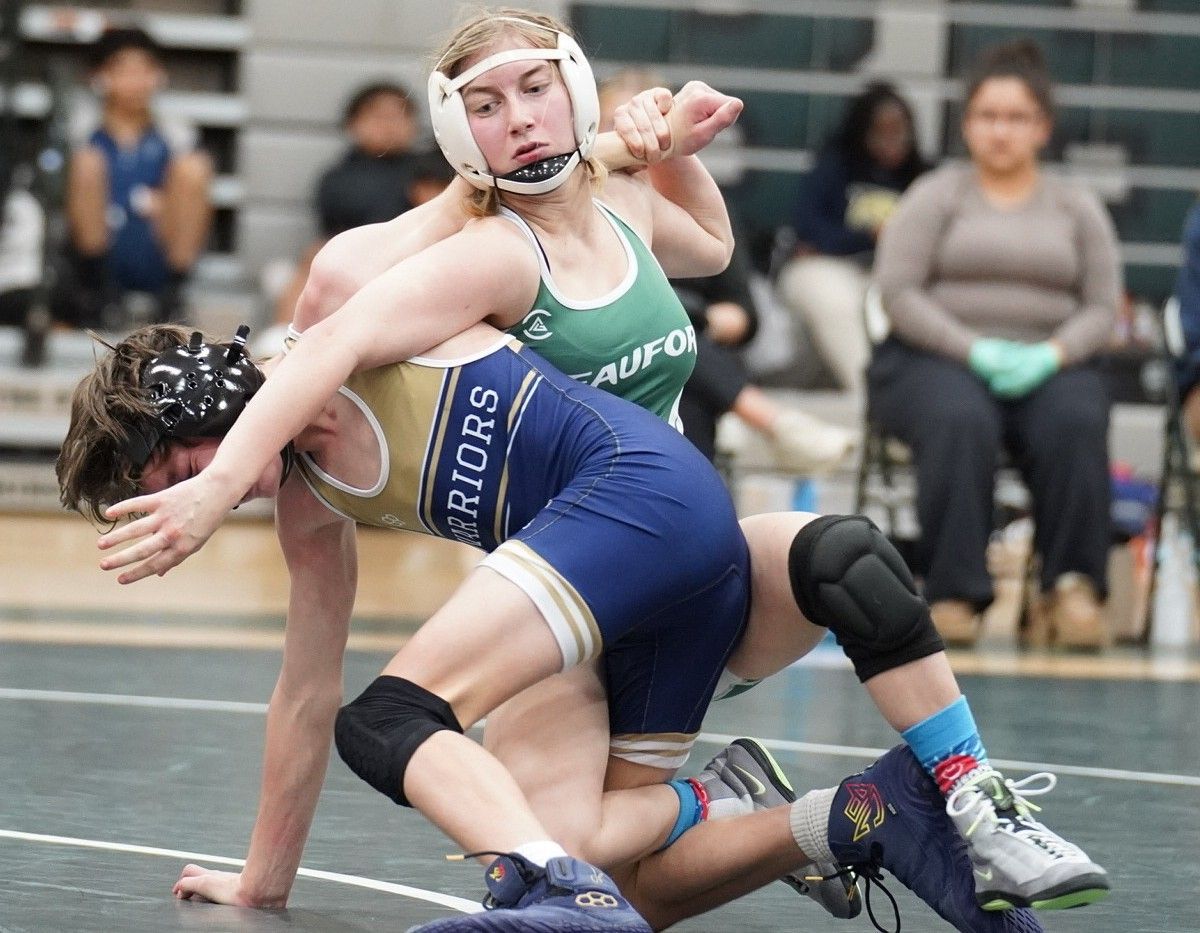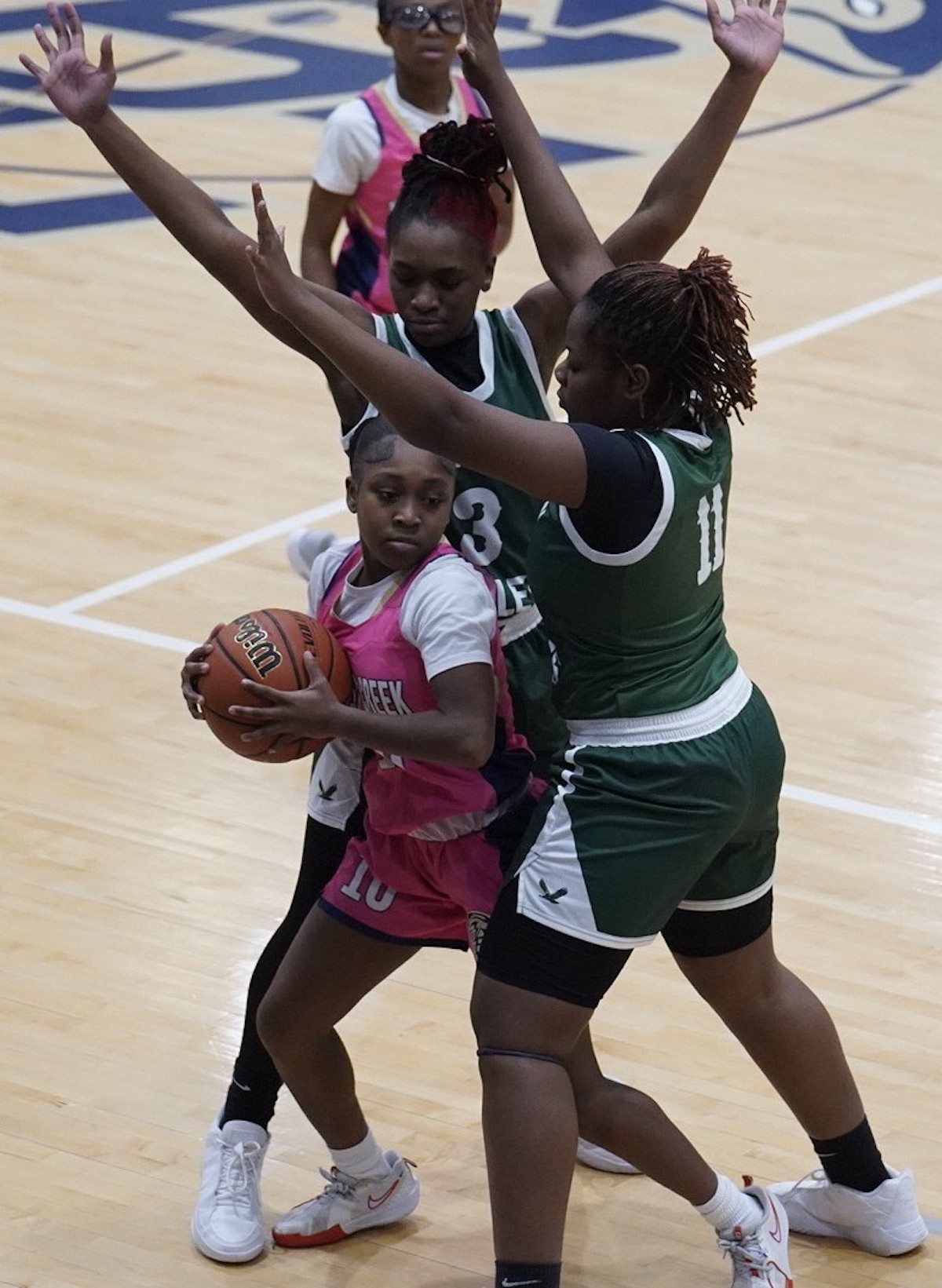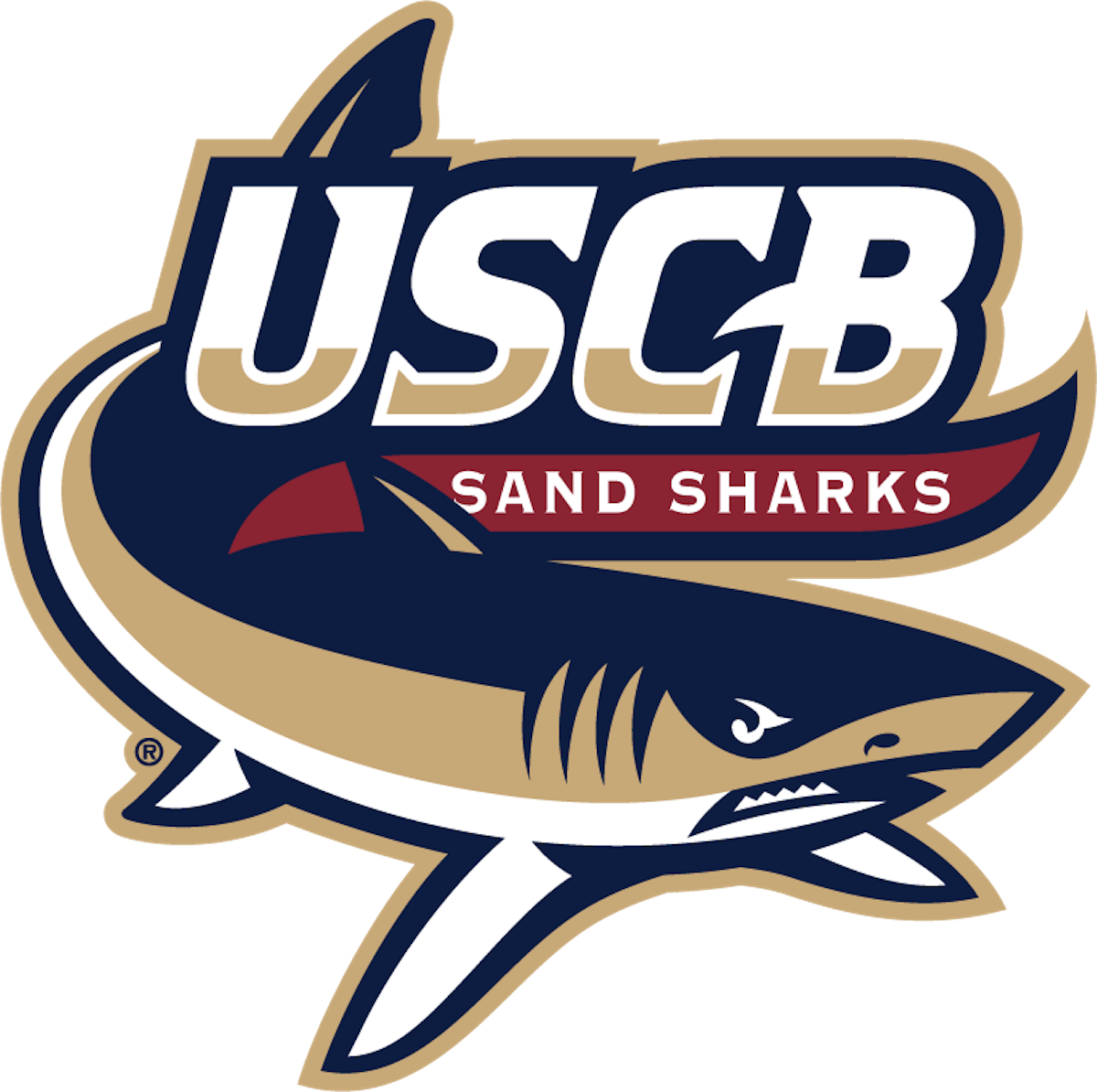By SCOTT GRABER
It is Sunday morning and I’m in Mobjack, Va. Mobjack is north of Norfolk in what is called the Virginia Tidewater.
This area — Mathews and Gloucester counties — is thinly developed and has struggled with keeping its high school graduates from leaving for Richmond, Norfolk and Washington as soon as they get their diplomas. Both counties envy nearby Williamsburg and Yorktown where millions of tourists tour the Governor’s Palace or climb around the British breastworks.
Gloucester and Mathews Counties are not without history, and recently the National Park Service agreed to create a new national park at the site of Werowocomoco — an important American indian settlement.
Werowocomoco is located on a bluff on the York River and was home base for Powhatan, father of Pocahontas. We all remember that Pocahontas, a beautiful Indian maiden, saved the English map-making explorer, John Smith, from having his brains bashed-out after he was captured.
The story of Powhatan, Pocahontas, John Smith and the clash of cultures is the story that the National Park Service intends to tell. And the folks in this part of the Virginia Tidewater are obviously happy about this prospect.
Although there is a statue of Pocahontas in Gloucester County, Werowocomoco does not exist in any physical sense. There is not a single dwelling place; or chieftain’s lodge; or timber palisade. There is only a large, empty field that is no different from thousands of other fallow fields around Mathews and Gloucester counties.
There are no “improvements” because the Virginia Indians did not believe in permanent dwellings. They wore little clothing and did not believe in sofas, chairs, dining room tables or anything else that would impede their movement.
But if the truth is told by the Park Service, this is not a happy story. It is the story of mistrust, misadventure and lost opportunities. It is the story of the invasion of coastal Virginia by English settlers and the fighting, killing and starvation that came with this effort. Though there were moments of generosity and a few attempts (by both sides) to work out a peaceful relationship.
For a time it appeared that Powhatan would win — and not by force of arms. The English settlers simply could not feed themselves. While the Indians were adept at foraging for food, the settlers were not. Nor were they good at fishing or growing corn.
They waited, behind their wooden barricades, for ships to arrive with supplies from England. While they waited they pleaded for food from the Indians. With the exception of one or two local tribes — the Chicahominy people in particular — food was not forthcoming. Many of the settlers starved to death while scanning the horizon for ships with food.
Between 1606 and 1630 the successful settlement of Virginia was in doubt. The number of settlers who crossed the Atlantic was modest, and many of them died of starvation and disease. Powhatan was content to contain the flow and let them starve to death. But after 1630 the small, erratic stream of “invaders” became a torrent that overwhelmed the native Americans.
“The ancient ways of using the land got no respect from the newcomers,” writes Helen Rountree in her book, Pocahontas, Powhatan and Opechancanough. “They knew to shift their houses and fields at intervals, rather than wearing out the land by overfarming (supposedly that was “using it properly”) so they were labelled “nomads.”
The English settlers, for their part, believed this land was “empty,” and the Indians did not have a proper title, and therefore they could simply possess it.
Possession is codified in our current law — called “adverse possession” — and goes back to the Code of Hammurabi and Roman Law. The time of possession varied, but eventually 12 years of continuous occupation was enough to depose the original owners.
In 1644, Chief Opechancanough made a last-ditch effort to throw out the English. The chief had heard that there was civil war in England and believed that the King would not be able to resupply the Virginia settlers.
Opechancanough struck in the spring of that year killing many. But after the initial assault the settlers who survived began to fight back. They established new forts, further inland, where counter-attacks were launched against the Indians. Eventually, Opechancanough was captured and imprisoned at Jamestown.
But what sealed the deal was the discovery, by John Rolfe, that imported Orinoco tobacco would thrive in Virginia’s coastal soil. Tobacco brought a tsunami of new settlers seeking to make their fortune. This is precisely what the Crown wanted out of its Virginia colony.






